The year 2020 was not a particularly good period to assess the health of the U.S. textile manufacturing industry—or, for that matter, many other types of industries. But industry participants report that the optimism manufacturers felt at the beginning of the year was still there at the end, despite the havoc wreaked by the pandemic.
Coming into the year, the industry “had been holding its own,” says Bill Jackson, assistant U.S. Trade Representative for Textiles, based in Washington, D.C. Jackson, who is responsible for conducting and overseeing negotiations affecting textile and apparel products, was the lead negotiator on textiles and apparel for the U.S.-Mexico-Canada Agreement (USMCA).
Some of the measures taken under the Trump administration helped, Jackson says. “We renegotiated NAFTA [North American Free Trade Agreement], which is now USMCA, and we undertook several other measures in the textile sphere to promote greater value-added in this hemisphere. We probably haven’t seen the full impact of USMCA much yet, as the agreement entered into force in July, in the middle of the health crisis. But I think in the long-term, there’s a payoff there.”
What’s happened since the beginning of the Trump administration has been “a mixed bag,” in the eyes of Michael Lavroff, president of Jason Mills LLC, which engineers and manufactures mesh materials, fabrics and textiles in Milltown. N.J.
“Personally, I think the tariff trade decisions were a failure,” Lavroff says. “Those decisions did nothing but drive up our costs, since our yarn is primarily made in China. These additional costs end up in our selling prices or we reduce our margins. The key is to find the sweet spot between customer price increases and margin reduction.”
On the other hand, Lavroff says, corporate tax reductions, “which were long overdue,” served as a counterweight to the tariffs. “To me, it’s a simple formula,” he explains. “You take that tax savings and invest it in your business for such things as inventory and employee wages and benefits. Ultimately, this additional capital boosts your business. It’s a shame the tariffs took the benefit we achieved through tax savings.”
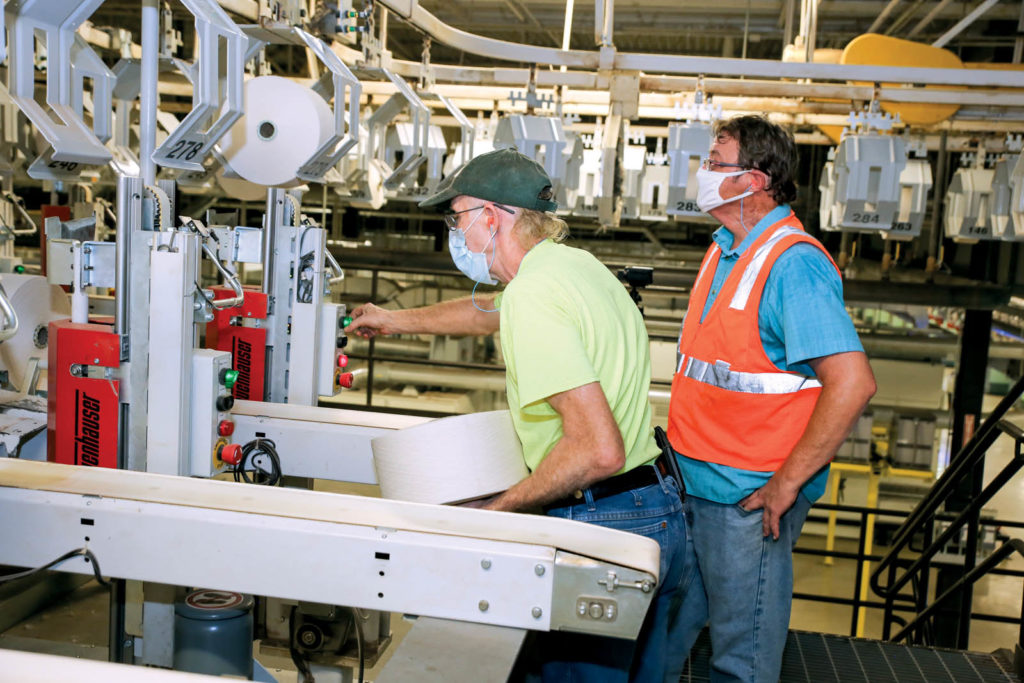
Made in America
There have been significant efforts to reshore and nearshore in the textile industry in recent years, with varied results—and the pandemic further drew attention to areas where reliance on imports can be particularly troublesome.
Work to reshore and nearshore has been “maybe not as successful as some people anticipated,” says Jackson. “It’s a very daunting challenge because you still have many of the same circumstances that led many manufacturers to move abroad, such as the cost structure in the U.S. related to labor, or environmental considerations.”
“Reshoring is an idea that sounds sexy and exciting, but businesses are not going to reshore unless there is an incentive to reshore,” adds Lavroff. “Businesses are going to come back if there is a financial reason to do so. The financial incentive is in lower taxes, lower energy costs (energy independence achieved through fracking) and increased automation to keep labor costs down.”
On the other hand, there are particular areas where U.S. manufacturing has had notable successes, says Kimberly Glas, president and CEO of the National Council of Textile Organizations (NCTO) in Washington, D.C. “An example would be finished apparel manufacturing on the higher end, with quality being the centerpiece,” she says.
“People are willing these days to pay a little bit more for a T-shirt that is going to last,” she continues. “That was starting to happen in key pockets of our industry prior to COVID, and companies are seeing that demand, even as the economy has been a significant challenge. Consumers are thinking about quality products and using their purchasing power more wisely.”
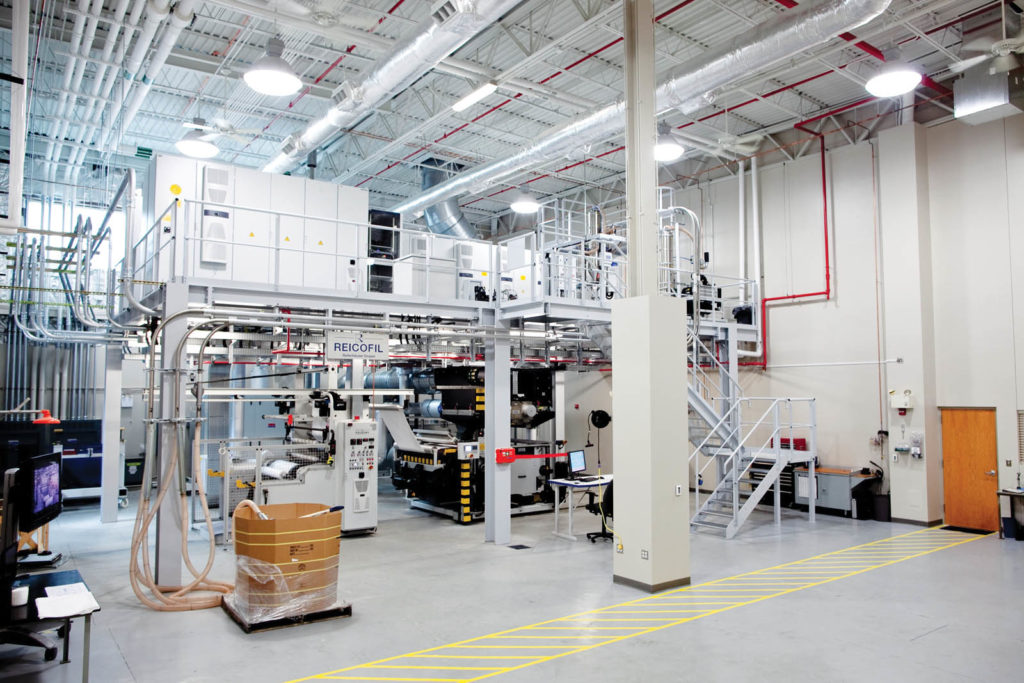
Supplies for the future
One of the “biggest eye-openers” in the early part of the pandemic was discovering “just how dependent we were on imports of many key types of PPE [personal protective equipment],” says Jackson.
According to Dave Rousse, president of INDA, the Association of the Nonwoven Fabrics Industry, one of the biggest challenges of the pandemic was early on in March [2020], when the supply of N95-level respirators and surgical face masks from Asia “was shut off overnight.”
“Eighty-five percent of those items were coming from Asia and they were embargoed overnight, as those importers needed those products for themselves,” he says. “We were caught sitting on our hands because we in North America had not developed a robust footprint for melt-blown manufacturing. We hadn’t needed one. The supply chain on these products had developed so efficiently that there was no need for second sources. It was a 7,000-mile pipeline that worked flawlessly, and inventories were not necessary because ships were on the sea at all times.”
By now the entire textile industry is all too aware of what happened. “We did not have a national stockpile,” Rousse says. “And then the pandemic hit, and all hell broke loose.”
Since then, according to Rousse, 34 melt-blown machines have been put into operation in the U.S. “We believe that by the end of the second quarter of 2021, we will be self-sufficient in melt-blown and have other materials available so we won’t need to go to Asia—but we probably will because prices are so low.”
Jackson says that there’s been a concerted effort on the part of the industry and the government to address the need to be less reliant on PPE imports. “But it’s not something that can be done overnight,” he adds.
Given what’s happened in the past year, says Rousse, it makes sense that while a price differential continues to exist, “we want to focus on American products to ensure supply for when another situation creates a supply shock of some kind. There are initiatives moving in Washington that started within the Trump administration that should follow through with the Biden administration, because no matter who is in charge, these things make sense. It’s just a matter of how you get things done in Congress these days. It so often takes a crisis before anything gets done.”
Changes in Washington
And of course, there is a new Congress—and a new president in the White House—which creates a level of uncertainty for any industry. That’s especially true when a new party comes into power.
“Any time there is a change in administration, you’re feeling your way about some of the key policy priorities,” says Glas. “We want to make sure our industry stays at the forefront, but the issues we advocate for are very consistent no matter who is in the White House or leading the various agencies. Biden has made onshoring of critical supply chain items a critical part of his agenda, and I think it has strong bipartisan support on Capitol Hill.”
“We hope some sense of normal order in Washington gets restored,” says Rousse. “There’s a lot of work to do, promoting a ‘buy American’ approach to PPE similar to the way we do it with military uniforms under the Berry Amendment, as well as effective management of the national [PPE] stockpile.”
“It’s been an unpredictable year and there are still a lot of uncertainties,” says Glas. “When will life be back to normal and what does normal look like? Going into 2021, we’re cautiously optimistic, but it’s a long road ahead.”
“I don’t underestimate the challenges that the industry now faces because of these 2020 changes,” says Jackson. “But I’m hopeful that once we get a handle on the pandemic and the economy comes back, the industry will bounce back and be as strong as ever.”
Jeff Moravec is a freelance writer based in Brooklyn Park, Minn.
SIDEBAR: The long-term benefits of pandemic hygiene habits
The pandemic economy created textile winners and losers, according to Dave Rousse, president of INDA, the Association of the Nonwoven Fabrics Industry.
“Medical gowns, face mask media, wipes were, of course, all big,” he says. “Others, like textiles in the automotive industry, didn’t do so well when everything shut down. Or wipes that sell into institutional areas, such as the food and beverage industry, where it required people coming in and sitting down. That sector got hit pretty hard.”
The good news for the industry going forward is that hygiene habits established because of the pandemic are likely to continue, according to Rousse. “There was a 20 to 30 percent increase in disinfectant and flushable wipes,” he says. “And we expect that to continue. We expect people to continue to clean surfaces in the future that they didn’t clean in the past, and to continue to use flushable wipes.”

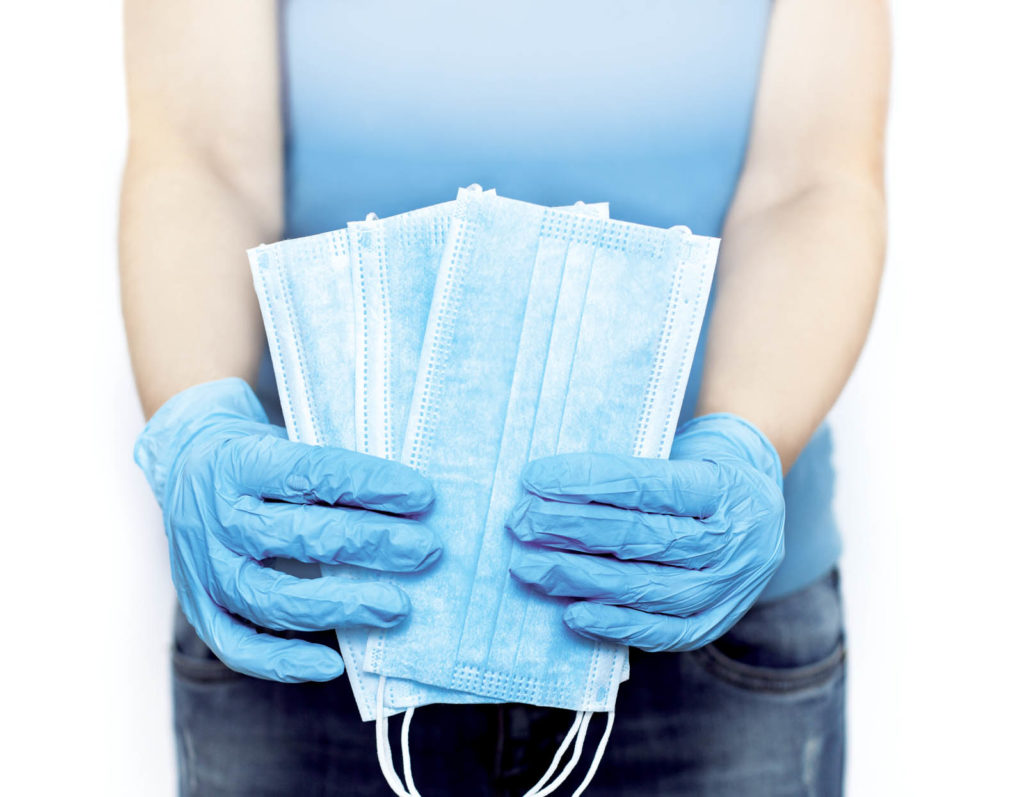
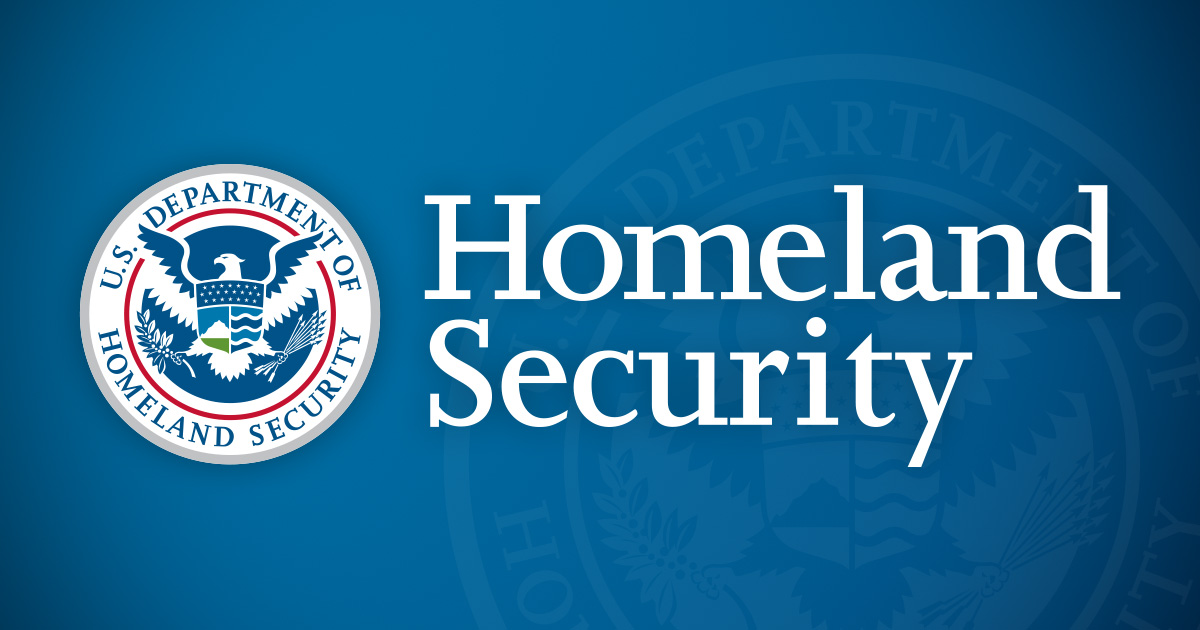

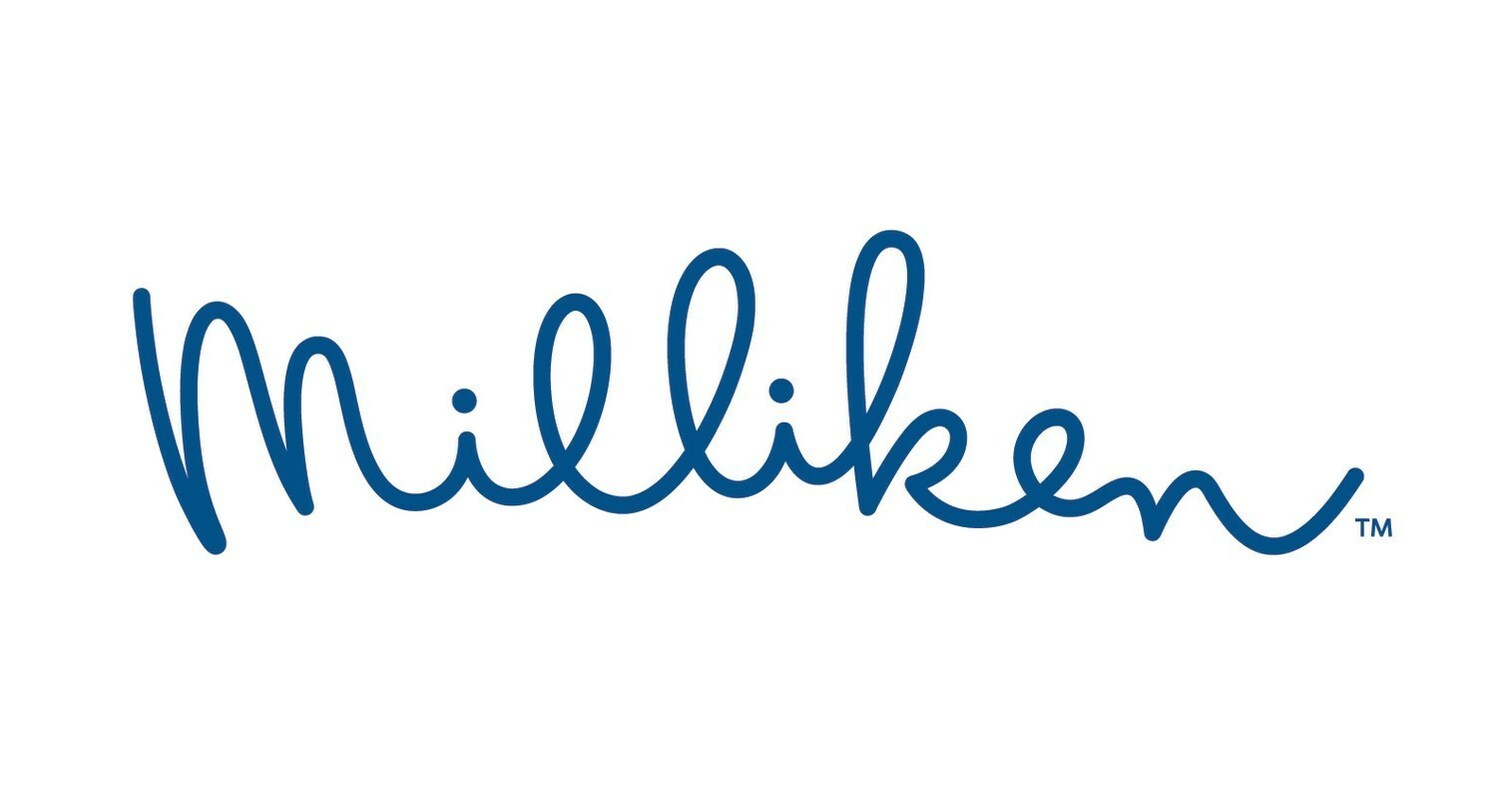

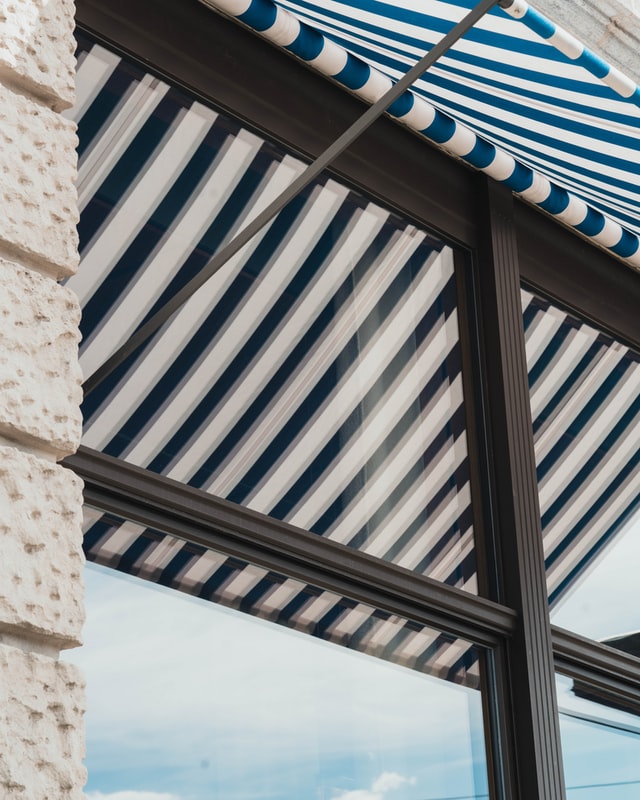

Leave A Comment